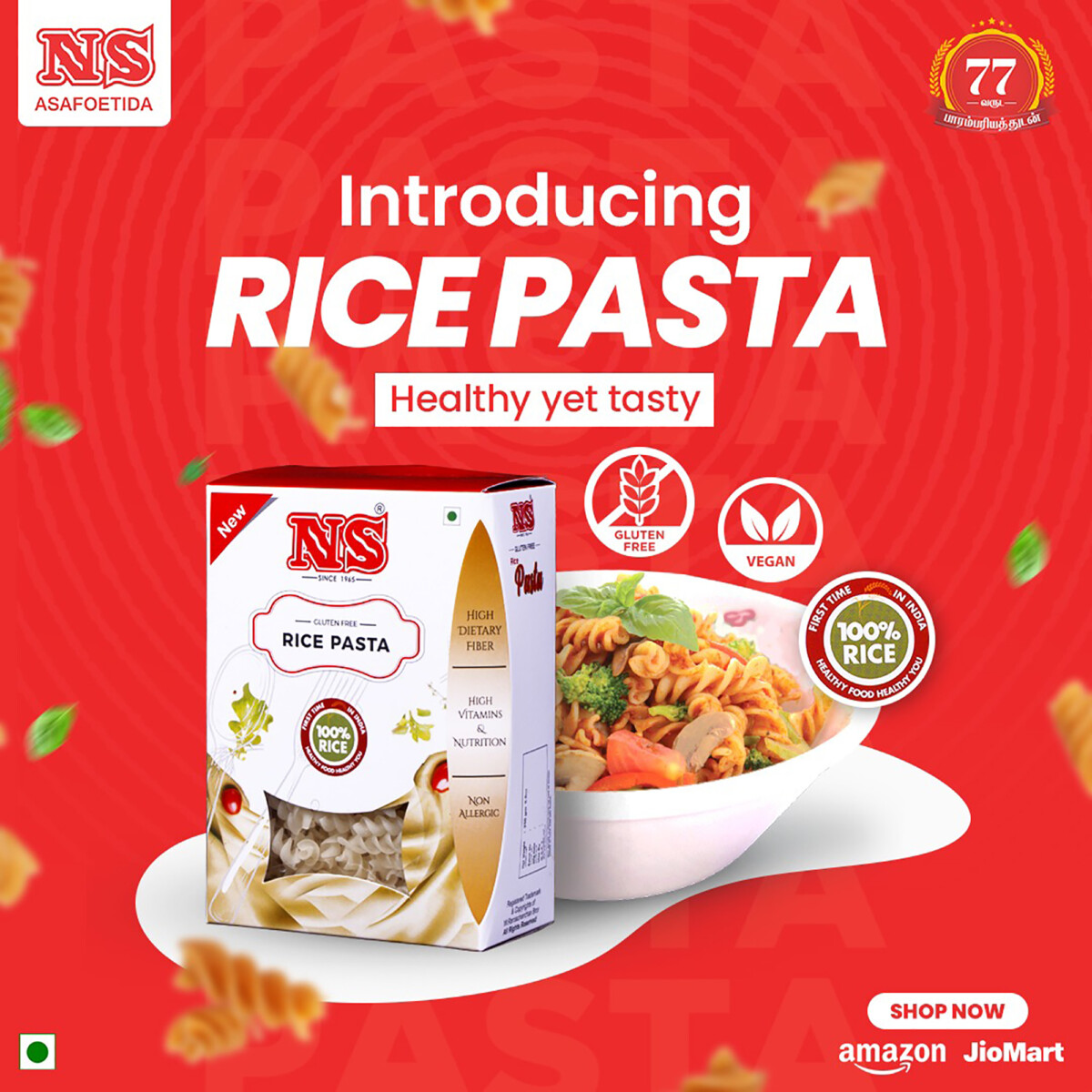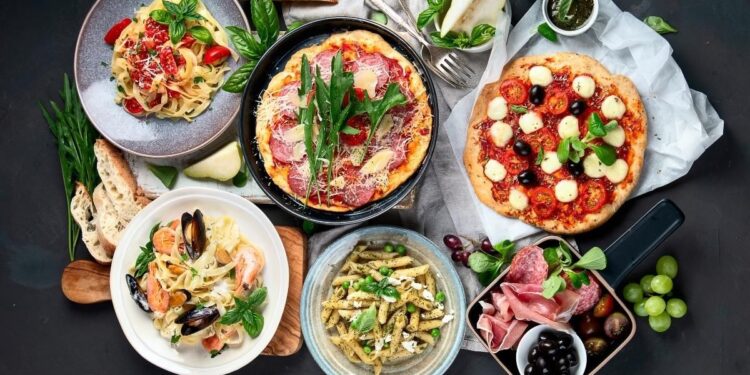-Ayshwaria Lakshmi (cbedit@imaws.org)
Chennai, being a cosmopolitan city, has a diverse population with a penchant for trying international cuisines. It is also a very conservative market making it one of the toughest markets to crack in the food space. This behaviour of the consumers in the market has led to a limited choice of European Cuisine, especially Italian.
Chennai does host a variety of Italian restaurants, ranging from upscale fine dining establishments to casual cafes and pizzerias. To every consumer, Italian relates to pizzas and pasta, but the cuisine has more to it. Even the type of pasta used is beyond penne and spaghetti. These restaurants offer a mix of traditional Italian dishes and adaptations to cater to local preferences are far in between.

“The market is not educated enough, more like the players in the market have not opened up to provide the food beyond those familiar dishes. Compared to our Neighbour, Pondicherry, there are very few such specialising restaurants. This has to even do with understanding customer expectations and the players are sceptical to open an authentic Italian restaurant because of this reason,” said Siressha Madhavi, owner, of Mayflower Restaurants which specialises in Asian and Italian.
The restaurant market in Chennai, the capital city of Tamil Nadu, India, is a diverse and dynamic industry that reflects the city’s rich cultural heritage and cosmopolitan population. Chennai offers a wide variety of dining options, from traditional South Indian cuisine to international flavours.
The restaurant market in Chennai is competitive and ever-evolving, driven by the city’s diverse population, cultural influences, and changing dining preferences. The presence of traditional eateries alongside modern and innovative restaurants makes Chennai’s dining scene rich and exciting.
There’s a significant presence of multi-cuisine restaurants offering Indian, North Indian, Mughlai, Chinese, Continental, Italian, and other international cuisines. One of the most familiar dishes to the residents is Asian. But a decade or so ago, it was a different scene for Asian cuisine as well.

“When the first Asian restaurant came, they struggled as well to have customers accept the cuisine, only those familiar with it would visit these restaurants. But now it’s a whole other case, everywhere you see there is a new Asian restaurant popping up. I believe Italian cuisine would go through the same journey before it gets accepted by the customers,” said R.Guruprakash, owner of Pan Sauce Poetry, a four-month-old restaurant that specialises in European Cuisine.
Challenges in the market
There are a couple of challenges that the industry faces, one being the acceptance of the cuisine among consumers. European and Continental cuisine is generally not heavy on spices, unlike Indian food.
While maintaining the essence of Italian cuisine, some Italian restaurants in Chennai might adapt certain dishes to suit local tastes and preferences. For example, they might introduce vegetarian or spicier options to cater to the Indian palate.
“Pizzas have an Indian twist to it, but not all dishes can be adapted to suit the local tastes and preferences. In these cases, we could alter a dish to bring in more tangy flavour or amplify certain flavours keeping its original recipe in place. We cannot create another Chicken Tikka Pizza with other Italian food,” said Guruprasad from Pan Sauce Poetry.
The next biggest challenge is being able to source ingredients. Some Italian restaurants in Chennai may emphasise using locally sourced ingredients to support the local economy and ensure freshness. But it is important to be noted that not all ingredients can be locally sourced.
“Since the demand for raw materials used in these cuisines is low, only small quantities can be sourced in the city at a much higher cost. To even source such raw materials, there are only a few players who own the market. Now, as we are in the early stages, certain restaurants have resorted to making their ingredients or sourcing from outside the city,” added Siressha from Mayflower.
Building a niche
There are also more casual and affordable Italian eateries, including pizzerias and cafes, that cater to a wider audience and are suitable for everyday dining. While some restaurants stick to delivering the customer’s needs, there are a few that are educating the market and building a niche customer of their own. One such restaurant is Asvah 24 and Pan Sauce Poetry.
Asvah 24 has been in the business for over 5 years and has specialties in Moroccan, French, and Italian. It was not easy for Asvah 24 to become one of the best restaurants in the city.

Ashwath Choyi Naroth, Director of Asvah 24 tells Kitchen Herald that their menu was quite different from the regular bar menu. As a result of this, they suffered.
“Since we weren’t doing that (the different menu) from a revenue point of view it was hurting us. We first started to stand out and build a different experience, now we are known for different offerings and on special occasions. It has taken us a long time to come to where we are now,” he said.
Italian restaurants often organise themed events, special promotions, and food festivals to attract customers and create a buzz around their offerings. Ashwath shared that one of the ways they keep their customers hooked is by offering a new experience every time a customer visits.
“At Asvah 24, every four months we change our menus. We retain our bestsellers and add new dishes. This helps us retain our customers and also offer the different experience we envisioned,” he shares.
The Future of Italian Cuisine

“When I travel to Italy, I see a lot of antipasto and rice. Their staple food is antipasto while pizza and pasta are more like their fast food,” said Chef Sheetharam Prasad, Culinary Director, GRT Hotel & Resorts.
While these may not suit the Indian palette, Chef says that they can be made to attract consumers’ taste by increasing the quantity of an ingredient keeping the original recipe intact.
He also added that the food scene in India is changing. A decade ago, the preference among consumers for Indian food was more prominent and Italian food in India was also only served by a couple of chefs. Now, food from various regions has come into the kitchen with more options for the customers. A few other cuisines like Mediterranean and Japanese are also being preferred by the consumers.
To have a successful restaurant, Chefs share that the restaurant should cater to a whole bunch of consumers. For instance, in a family of 4, each member would have their preferences for food. The restaurant should be able to satisfy each consumer.
________________________________________________________________________________________________________________
THIS ARTICLE IS POWERED BY








